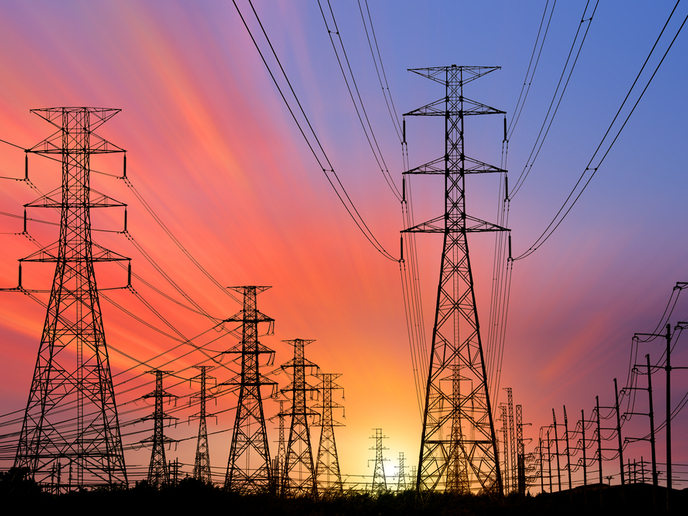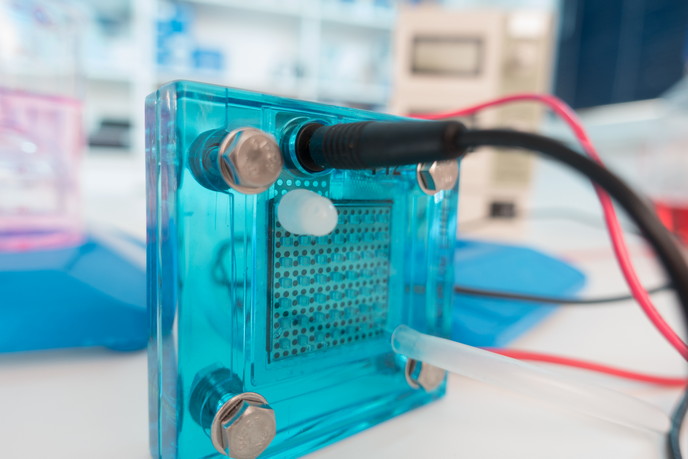Record efficiency of light sources for extreme ultraviolet
Time resolution is key to the study of electron dynamics in real time. With the advent of ultrashort pulsed lasers, ultrafast laser scientists were able to take an unprecedented capture of moments in time, studying and controlling complex processes occurring in the nature on the attosecond scale. One method to create attosecond pulses of light is to focus an extremely powerful pulsed laser on an ensemble of noble gas atoms. Driven by the intense electric field of a high-harmonic laser beam, free electrons and parent ions collide and recombine, generating attosecond flashes that can be in the EUV range. Although high-harmonic generation (HHG) provides a coherent source of EUV radiation, it has traditionally relied on high-energy low-repetition-rate amplified laser systems to provide the peak intensities needed to ionise the gas target. The small conversion efficiency of the process combined with the low repetition rate of the amplifier results in low average powers of EUV generation. Within the PECS (Powerful and efficient EUV coherent light sources) project scientists achieved radical improvements in the average power conversion efficiency, while reducing the cost and size of the system. Early in the research phase the team worked on designing large-mode area fibres, performing proof-of-principle experiments of coherent femtosecond pulses and setting up a high-harmonic chamber capable of handling average powers greater than 100 µW. Following these activities, scientists placed a strong focus on understanding modal instabilities in high-power fibre amplifiers, spatially separated amplification of ultrashort laser pulses and EUV generation on the attosecond scale. They also gained new insight into the interplay between high-average-power laser and parametric amplifiers. Based on the theoretical research and experimental activities, project members claimed to have produced the most powerful optical parametric chirped-pulse amplification system existing worldwide. This unique system dramatically enhanced HHG efficiency, enabling the generation of spatially separated attosecond pulses at repetition rates as high as 1 MHz. This figure is at least 200 times higher than those reported in the literature. PECS' ideal coherent and high-intensity light source has important implications for EUV applications with regard to elucidating physical, chemical and biological processes that are intrinsically dynamic.







